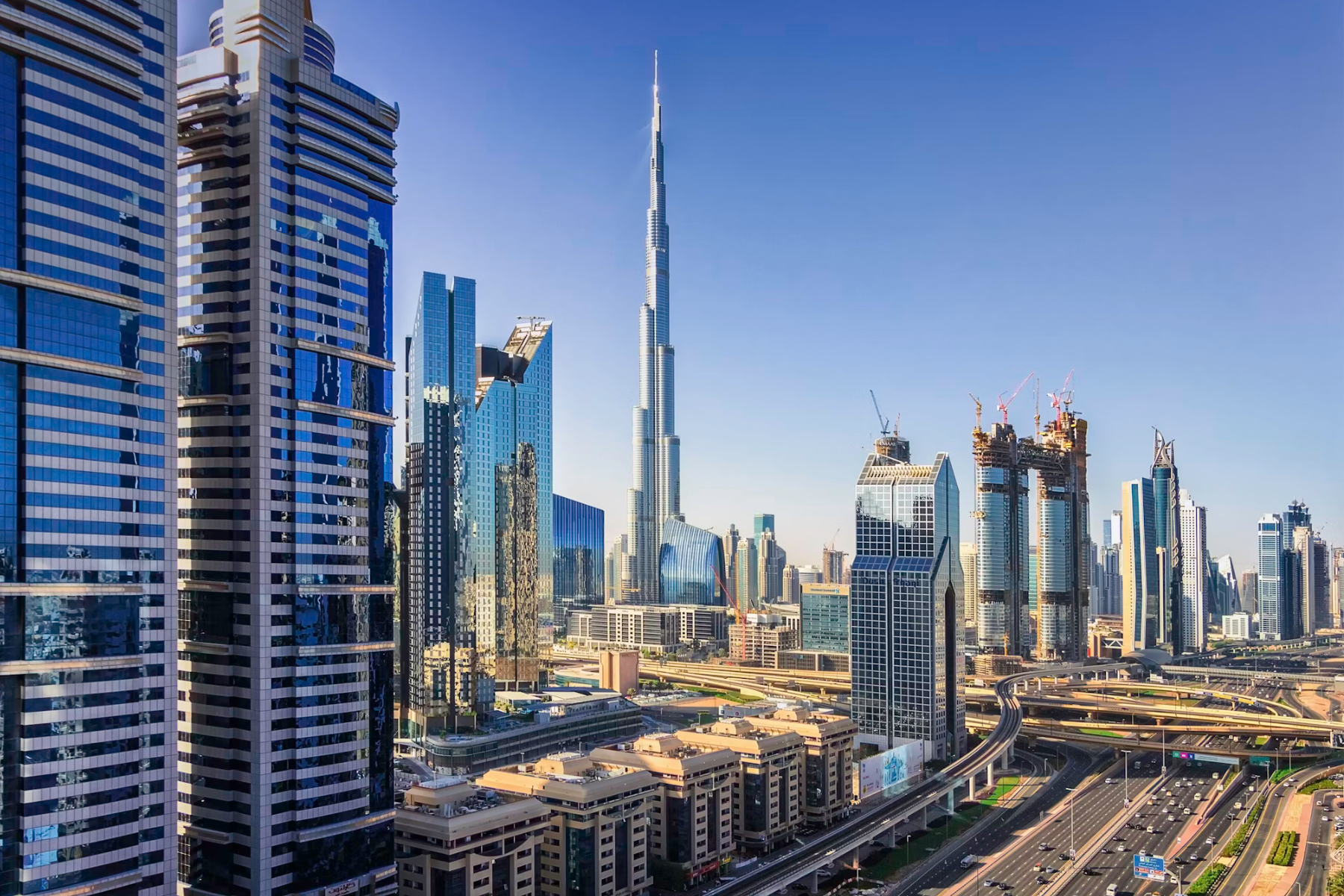Across the Middle East, cooling is the hidden backbone of modern life. From air-conditioned homes and shopping centers to data centers and water desalination plants, cooling already accounts for up to 70 percent of peak electricity demand in cities such as Dubai and Riyadh. As temperatures rise and urban populations expand, that load will only intensify. Meeting it with conventional gas- or diesel-based systems is no longer sustainable—either environmentally or economically.
Yet buried beneath the region’s surface lies an underused resource that could fundamentally transform how cooling is delivered: geothermal energy.
The Case for Geothermal Cooling
Unlike fossil-fuel power, geothermal systems tap the Earth’s constant subsurface temperature to provide heating or cooling with minimal emissions. In a closed-loop design—such as the Eavor-Loop™ referenced in Robert Stephens’ Environmental Cooling Challenges presentation—fluid circulates through sealed underground wells, transferring heat without extracting water or producing brine. This design eliminates many of the barriers that historically limited geothermal deployment in arid, high-temperature regions.
The same principle that makes geothermal ideal for baseload electricity generation also enables high-efficiency cooling applications, three of which are immediately relevant to the Middle East:
- District Cooling.
Geothermal district cooling networks can supply chilled water to entire city districts, replacing diesel-driven compressors with sustainable subsurface heat exchange. For Gulf cities, where cooling dominates energy consumption, a transition of this kind could reduce national electricity demand by tens of gigawatts during summer peaks. - Building-Level Geoexchange.
Shallower geoexchange loops can be installed beneath office towers, industrial parks, or residential complexes. Pilot projects in Saudi Arabia have already demonstrated the feasibility of such systems for both new developments and retrofits. - Water Desalination.
Thermal desalination plants—which are vital for Gulf water security—can use low-temperature geothermal heat directly, improving efficiency and cutting fuel costs. Integrating geothermal into desalination facilities would simultaneously support clean water and clean energy goals.
Vast Untapped Potential
Recent studies suggest the broader region may hold up to 14,000 GW of geothermal cooling potential across countries such as Iran, Egypt, Iraq, Turkey, Saudi Arabia, the UAE, and Qatar. According to Project InnerSpace’s new GeoMap Middle East, these geologic resources are not confined to volcanic zones but extend across much of the Arabian Plate—positioning the region to lead in both firm power and geothermal-enabled cooling.
The implications are significant. A cooling capacity of even 5 percent of that theoretical potential—around 700 GW—would equal the total installed power generation of the entire GCC today.
Complementary to Solar and Wind
Geothermal’s reliability makes it the ideal partner to the Middle East’s solar and wind programs. While photovoltaics and onshore wind dominate renewable portfolios, both remain intermittent. Geothermal can operate in baseload or flexible mode, providing continuous thermal energy that can be stored or dispatched when sunlight and wind are unavailable.
The Eavor-Loop™ design, for instance, can function as thermal storage—absorbing excess renewable energy during the day and releasing it later as either heat or cooling. This kind of synergy strengthens grid stability and maximizes the utilization of renewable assets already in operation across the region.
Leveraging Oil and Gas Expertise
The Middle East’s advantage lies not only underground but also in its engineering culture. Decades of oil and gas development have created a deep reservoir of drilling expertise, geotechnical knowledge, and industrial infrastructure that aligns directly with geothermal development. Converting rigs, applying directional-drilling techniques, and retraining experienced crews could dramatically accelerate geothermal deployment with minimal new supply-chain requirements.
The capital-intensive nature of geothermal drilling, once a barrier, becomes a strategic opportunity for a region that already masters subsurface engineering.
Superhot Rock and Energy Storage Potential
Several geological basins—particularly in western and central Saudi Arabia—show characteristics suitable for superhot-rock geothermal systems, which operate at temperatures exceeding 400 °C. These resources could deliver up to ten times the power of conventional systems per well. In parallel, the same deep formations could serve as thermal energy storage sites, holding surplus solar or wind energy for later release as cooling or power.
By coupling geothermal storage with district cooling networks, Gulf utilities could effectively “bank” energy during off-peak hours and deploy it when demand for air conditioning spikes, smoothing both load curves and costs.
A Technology Made for the Region
According to Stephens’ presentation, the cooling advantage of geothermal extends far beyond electricity substitution. A single Eavor-Loop™ installation can generate chilled water through an absorption chiller, eliminating the need for water-intensive, carbon-heavy mechanical refrigeration. Because the system is closed-loop and uses no evaporative process, it consumes minimal water—a crucial factor in the world’s driest region.
In addition, geothermal systems require only a fraction of the land area of wind or solar farms, making them ideal for dense urban zones like Dubai, Abu Dhabi, or Doha, where land and grid access are at a premium.
Toward an Integrated Cooling Strategy
Transitioning from pilot projects to national programs will require coordinated policy frameworks, data transparency, and incentives comparable to those that fueled the region’s solar revolution. Instruments such as green-cooling certificates, feed-in tariffs for thermal energy, and public-private demonstration zones could all catalyze investment.
Governments and utilities can start by incorporating geothermal cooling into their existing district-energy master plans and desalination modernization programs. The timeline for measurable deployment could align with upcoming national sustainability milestones such as Saudi Vision 2030 and the UAE Net-Zero 2050 Strategy.
The Road Ahead
Cooling demand in the Middle East is projected to triple by 2050. Meeting that challenge with fossil-based electricity would lock the region into decades of additional emissions and rising fuel costs. Geothermal offers a credible, technically mature alternative—one that aligns perfectly with the region’s energy transition and industrial capabilities.
As Stephens summarized in his presentation:
“We believe the time has come for geothermal cooling to step out of the shadows. It’s scalable, predictable, and uniquely suited to the world’s hottest climates.”
For Source Geothermal and its partners, the opportunity is clear. By channeling the region’s subsurface expertise toward sustainable cooling, the Middle East can once again reshape the global energy landscape—this time from heat, not hydrocarbons.



